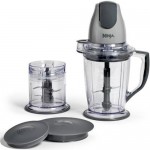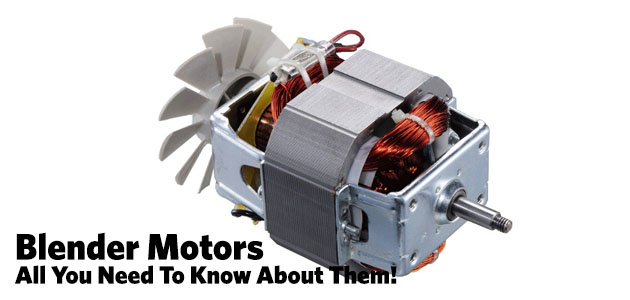
On the outside a blender can have any form or shape. It can be radical like those from Ninja or it can be conventional like Osters. However, the heart of any blender, its motor is probably the one area that has seen hardly any improvement or innovation over the past few decades. There really is not much to the science of making an amazing blender motor. The last big improvement was migrating towards brushless motors and that was about it.
As with your own heart, taking care of it entails understanding some of its nuisances and cures. Here’s what you need to know about a blender’s motor.
Heat Is Normal
Many homeowners complain that their blender heats up. This is normal. Understand that a blender has an electric motor and as with any motor, it generates heat. This heat is the byproduct of power and while it is not functional, it is a necessary evil. It is the collection of moving parts and the friction between them. Thankfully, as a motor operates it sucks in air from the surrounding thus cooling it partially. If your blender heats up in a matter of minutes, have it checked out or make sure the air vents are not clogged.
Prolonged Usage Will Damage the Motor
A blender’s motor is not like a pump or even a refrigerator motor. They are not designed for sustained high speeds. If you operate your blender at the highest speed setting for too long, it can heat up quicker than it draws cold air in. This will subsequently harm the motor. Most new age blenders protect against such a situation by temporarily shutting down if the motor operates for more than a specific time period. Even then, the correct way to operate a blender is to use it in short bursts rather than continuously on high speeds.
Suggested Blenders:
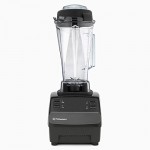
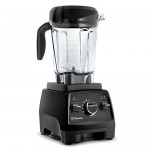
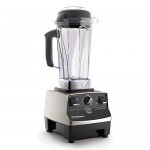
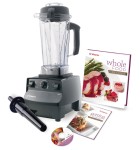
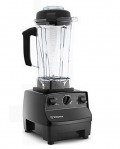
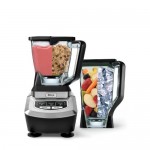

Understand Power Ratings
Knowing what power your blender produces is important. If you know that your blender’s motor is a high power unit then operating it for prolonged stretches of time is feasible but if you have a smaller motor less than 450 watts, then be wary of operating for long periods of time. Ideally you want to get a blender that has at least 750 watts since it helps do a lot more things. Crushing ice becomes a breeze when you have so much power but under powered units will struggle. And if your motor struggles, makes more sound than usual then you know that it is strained – do not operate it for too long in such a state.
Understand The Potential Usage
Not all blenders are made the same. Some are made to overkill others are designed for typical kitchen tasks at best. Then there are blenders with multiple speed settings and those with just a selection of few. Those with high speed settings tend to be designed to run cooler on a higher wattage motor. And those conventional types usually have a smaller motor. Now you know why greater the speed settings, usually greater the cost of a blender.

